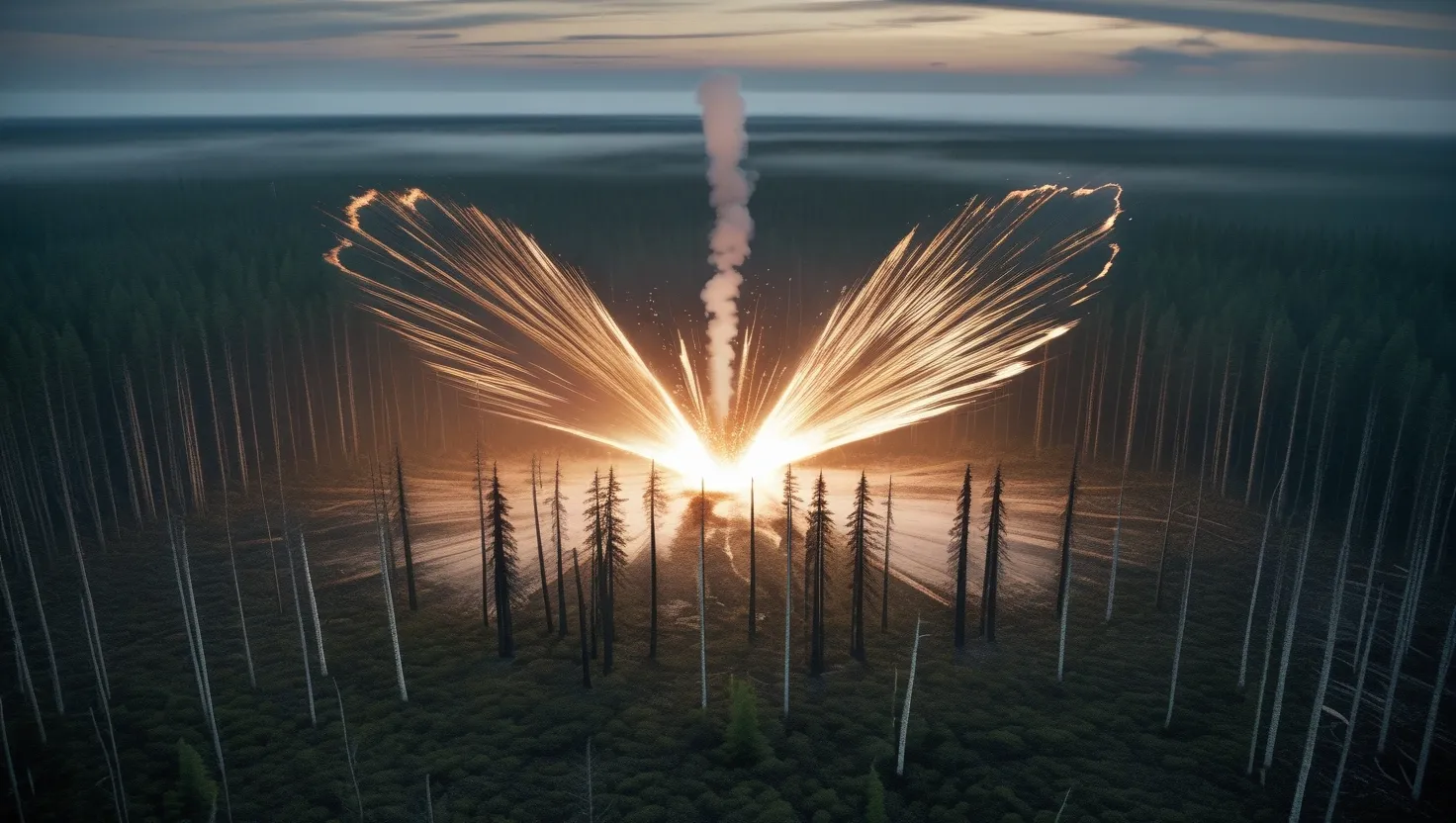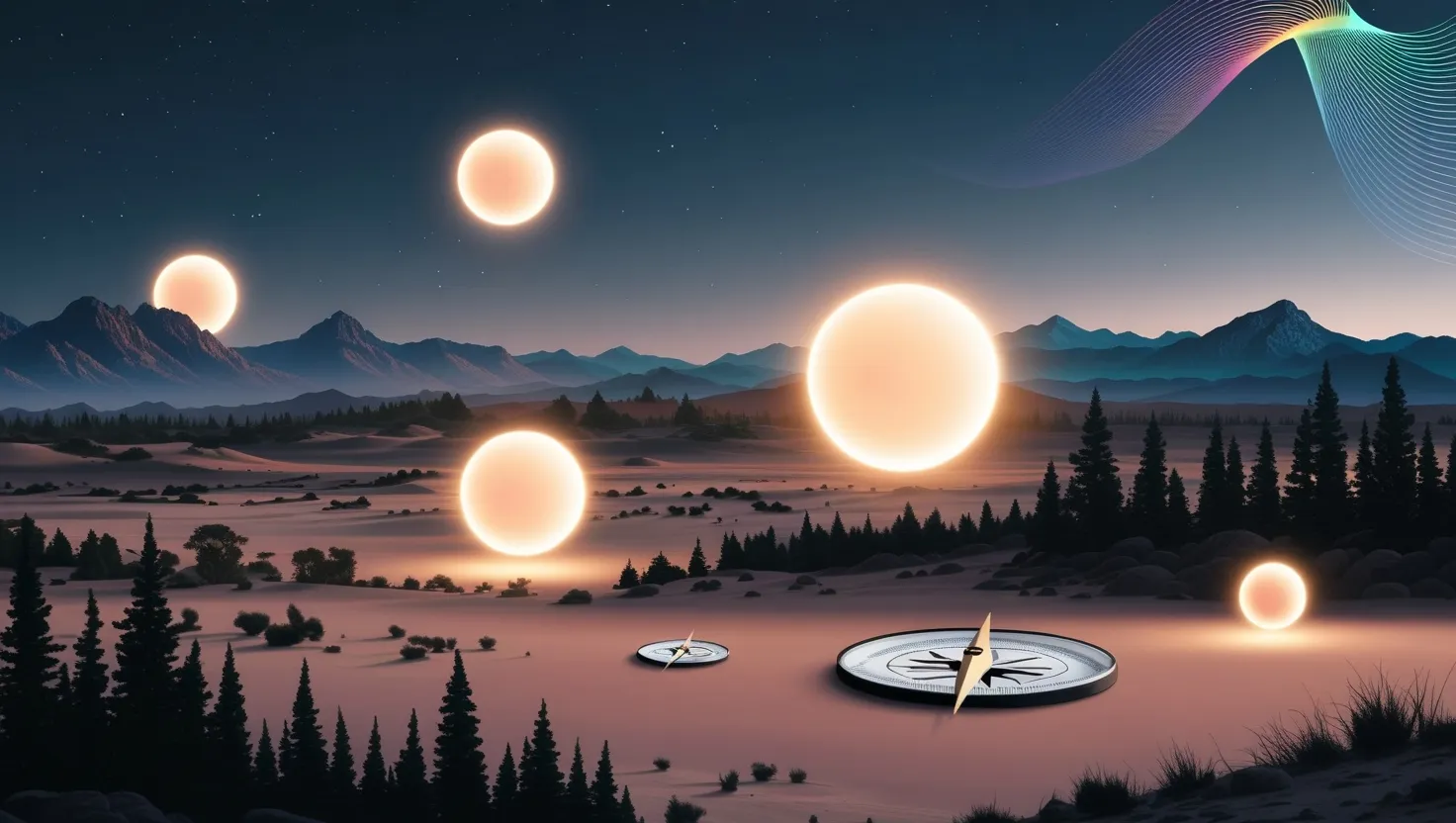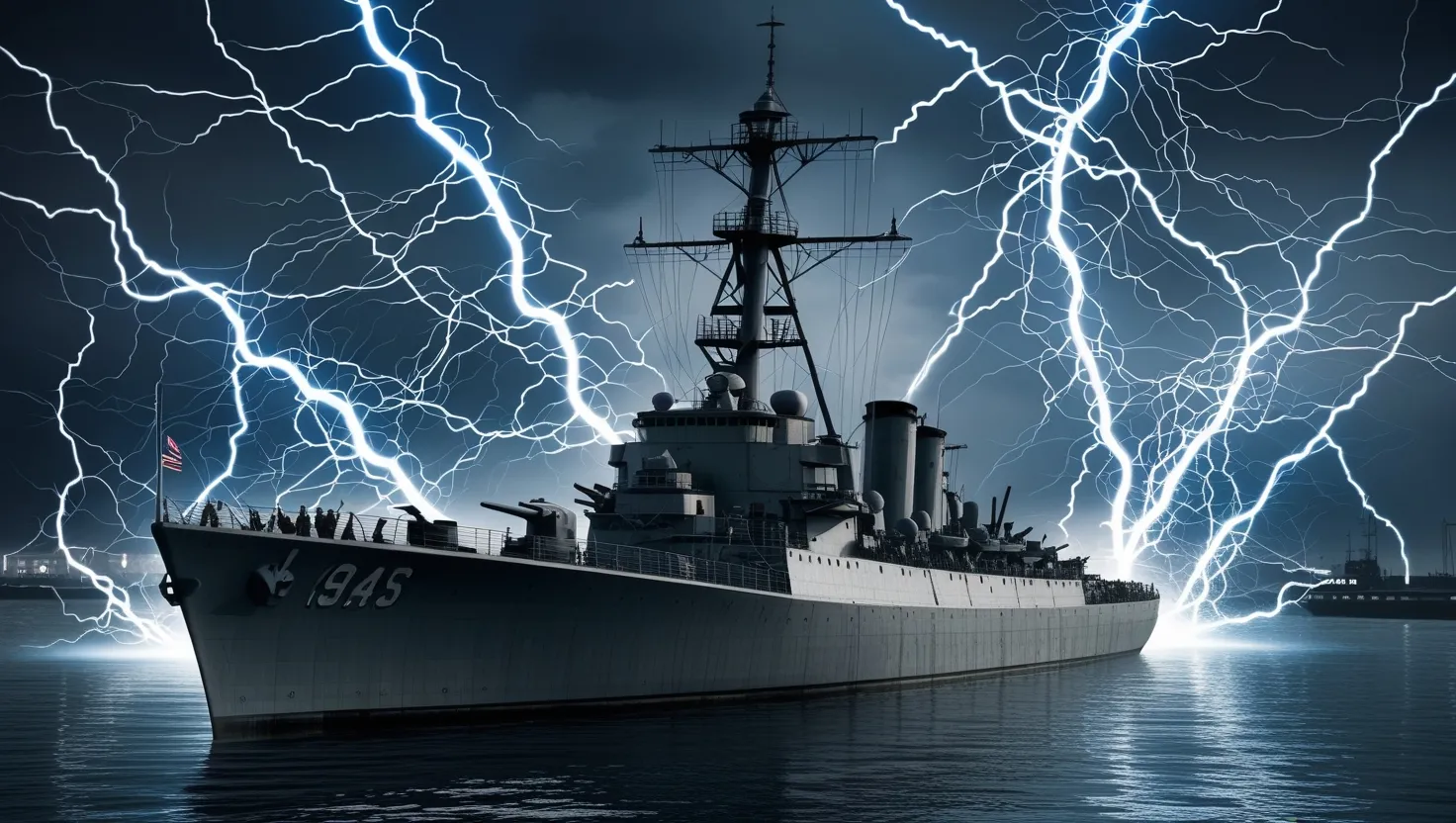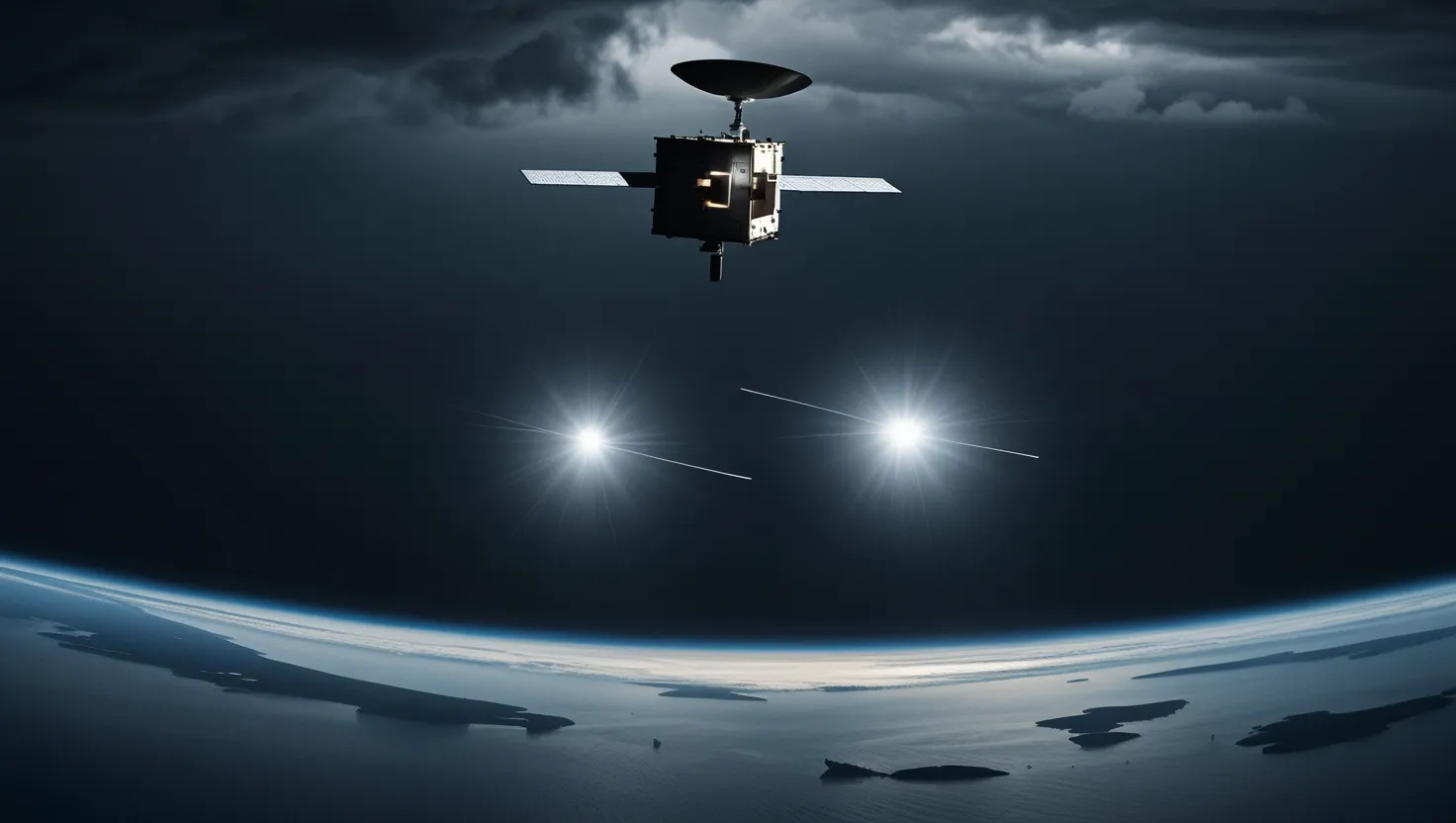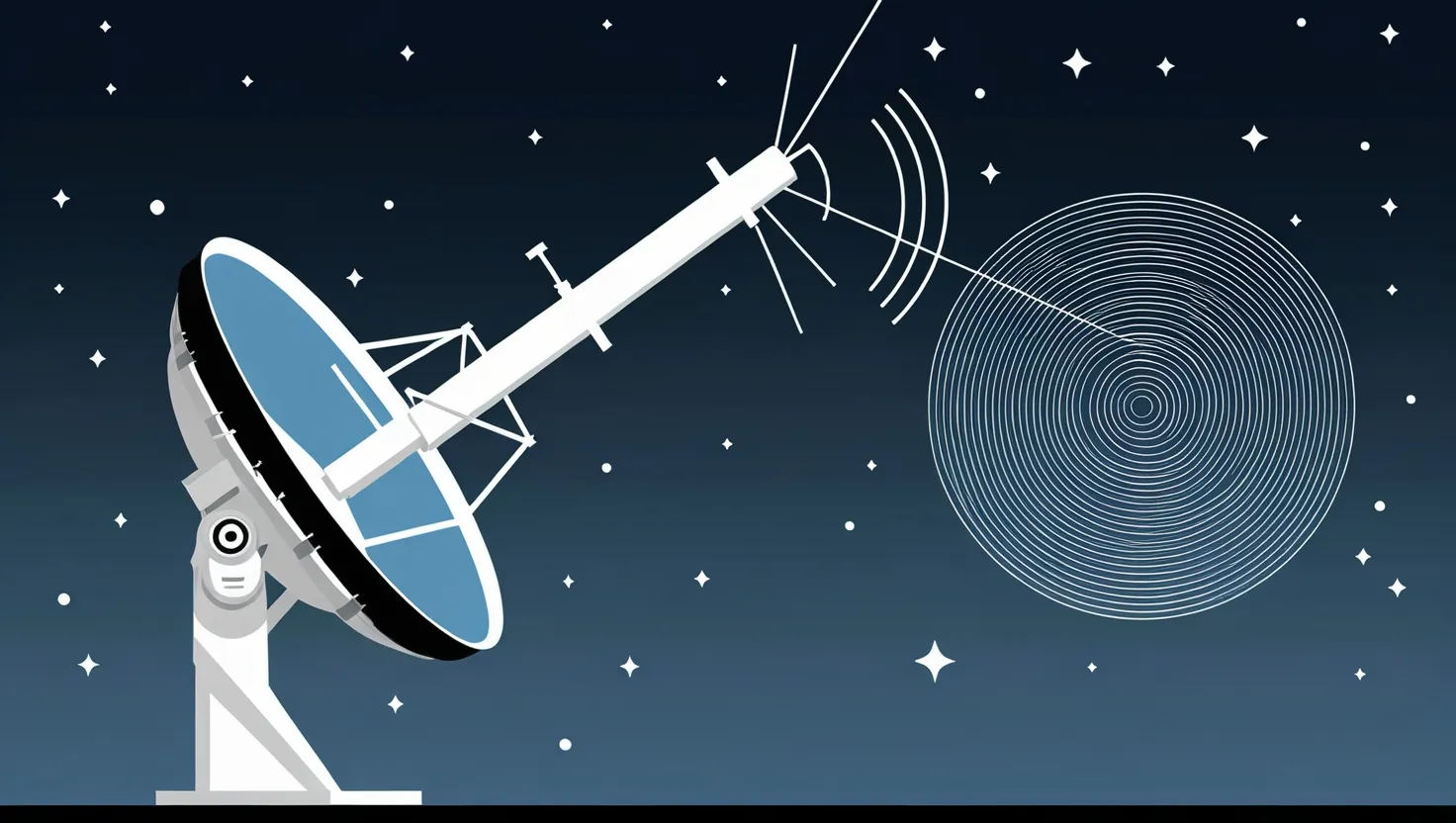Picture yourself walking at dawn through a dense Siberian forest as silent mist clings to everything. Suddenly, the sky splits in blinding light, a shock wave throws you to the ground, and you witness the horizon boil with fire. This was reality for people living near the Tunguska River in 1908, when an explosion flattened an area the size of a major city and created the single largest impact event in recorded human history. But was it just a space rock, or was something much stranger afoot? That question still whispers through the Siberian pines, daring us to challenge the easy answers.
The official story feels tidy and almost reassuring: a meteor or a comet grazed our atmosphere, detonated with the force of thousands of nuclear bombs, and—poof—left no crater. Yet, as I read old expedition diaries and pore over new scientific analyses, I can’t help but sense the cracks in that narrative. What if the truth is wilder than the textbooks let on? What if, hidden in the summer of 1908, is evidence that humanity flirted with power anew, and perhaps lost control?
There’s a reason countless books still devote chapters to this event: almost nothing fits the textbook impact model neatly. Yes, microscopic spherules of silicate and magnetite were found in the soil, classic fingerprints of something extraterrestrial. But when you map their spread on a chart, you don’t get the radial pattern of an ordinary blast. Instead, the debris aligns along vectors, as though something steered the explosion—directed it. Why would nature bother to aim?
“Science is a way of thinking much more than it is a body of knowledge.”
— Carl Sagan
For decades, scientists debated whether a comet or an asteroid had interrupted its journey through the solar system to pay such a destructive visit. Comets made of ice might evaporate completely, explaining why we find no fragments. But other clues confound this idea. Not only were extremely rare nickel isotopes found—elements absent from standard meteorite samples—but even the way trees responded seems off. Some survivors show accelerated growth rings after the event, a pattern seen with radiation exposure, not heat. Ask yourself: since when does a meteor cook up radiation?
Those clues led some investigators down a less-traveled path. The direction of the blast flattened trees in a butterfly shape, not a perfect circle. Near ground zero, trees still stand upright, branchless and charred, eerily reminiscent of the trees left after atomic tests decades later. What force scorched them upright, yet bent and shattered others in that signature shape?
Nikola Tesla’s name inevitably emerges in every unorthodox account. When you look at the timeline, coincidence starts to wear thin. In 1908, Tesla was at the peak of his experiments in wireless transmission at Wardenclyffe Tower. He theorized about transmitting energy through the atmosphere using directed pulses, enough to “split the Earth like an apple” if misapplied—his words, not mine. Messages to J.P. Morgan from Tesla around that time reference a “test of unprecedented scale.” Given Tesla’s reputation for boldness, is it even far-fetched to wonder if his work might have produced something unexpected thousands of miles away?
“If you want to find the secrets of the universe, think in terms of energy, frequency and vibration.”
— Nikola Tesla
Contemporary descriptions from Tunguska’s local people give me chills. What would you make of reports that precede the explosion by glowing blue columns and a second sun? One man said his shirt nearly caught fire as the light passed overhead. Others saw balls of fire moving horizontally, not falling. If this was only an impactor, why so much light, why the silence before the shock wave, and why did some recall the explosion as beginning from the ground?
I can’t help but note another interesting pattern: modern scientists using satellites have traced a faint scar on the landscape from New York, right where Wardenclyffe Tower stood, toward Tunguska. It’s subtle, a line of disturbed forest and subtle geological anomalies. Coincidence or not, it does match the trajectory some theorists believe Tesla’s transmitter could have followed.
Here’s something even mainstream science still debates: if every other airburst like this left fragments, why did the Tunguska explosion leave nothing we can see? The leading alternative now is the “grazing asteroid” scenario, in which a dense metallic body bounced through the upper atmosphere and kept going, never hitting the ground. A near miss of cosmic proportions. But even that doesn’t explain chemical traces or reports of lingering electromagnetic effects.
“Absence of evidence is not evidence of absence.”
— Martin Rees
After reading accounts across a dozen languages, I’m convinced the gravity of this event goes far deeper than pop science or conspiracy. The lack of a crater, radiation effects, and electromagnetic anomalies haven’t been reconciled. Despite all our advances, Tunguska remains a place where the past refuses to be tamed by a single theory.
There’s a darker what-if that lingers every time I revisit those declassified papers and Tesla’s sketches. What if, before humanity even realized the dangers, we conjured up destructive energies bigger than anything nature had hurled at us in millennia? Maybe the cover-up succeeded not out of malice but out of sheer existential dread: if the truth were acknowledged, would anyone sleep quite as soundly, knowing how easily such power could be warped or lost?
Even today, researchers using advanced chemical analysis find unexplained isotopes at the site, and satellite data reveal disturbances in the ionosphere reminiscent of vast artificial electromagnetic pulses. Is it that science simply hasn’t caught up with the oddity of this event? Or do we still lack the courage to accept that, for a brief moment in 1908, something happened in Tunguska for which we have no real category?
“Not only is the universe stranger than we imagine, it is stranger than we can imagine.”
— J.B.S. Haldane
Next time you see the northern sky lit up strangely, or a science headline assures you the Tunguska event was “just” a meteor, remember the witnesses whose lives were upended and the investigators who still argue a century later. Ask yourself: how often does a purely natural disaster leave us with more questions than answers, even after all this time? The forest eventually regrew, but that hole in our understanding still gapes open, daring a new generation to chase what really happened under the Siberian summer sky.
